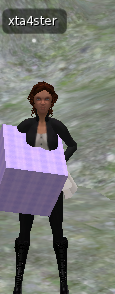 I have been pursuing my second self for the better part of the past 24 hours.
I have been pursuing my second self for the better part of the past 24 hours.
In my attempt to create my Second Life avatar, I have spent more than three hours getting my hair done, three hours trying to decide what to wear, and at least three more hours trying to figure out how to wear what I have decided to wear. It’s almost as confusing and frustrating and ridiculous as it sounds. I’m doing this because I hope to participate in Vanessa Blaylock’s Dance for Camera: The Planets. The deadline for making my avatar is, like, yesterday, because Oceania Planetary Park (LEA 27) CLOSES on 1 January 2014. Alas, we thought we had more time — story of our lives (our first AND second lives).
The learning process has been tedious, riveting and downright funny. For example, it took me over two hours to go from this, to this, to this and FINALLY — after scouring forums — to this!
(More …)

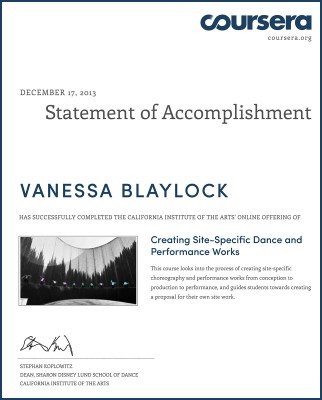
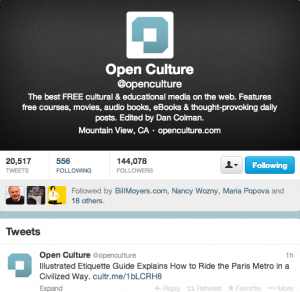
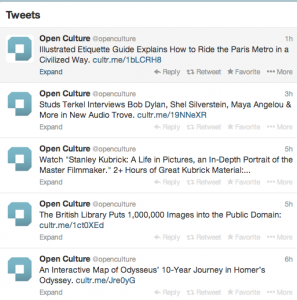
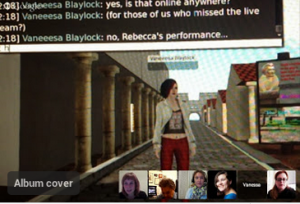
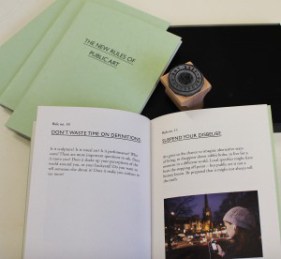
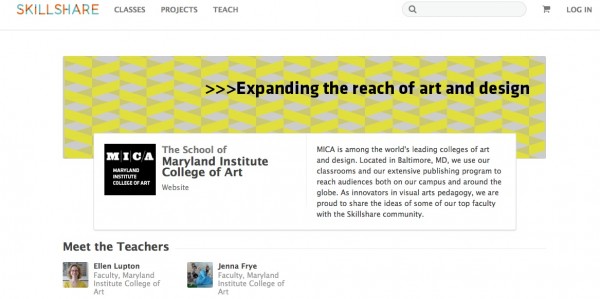
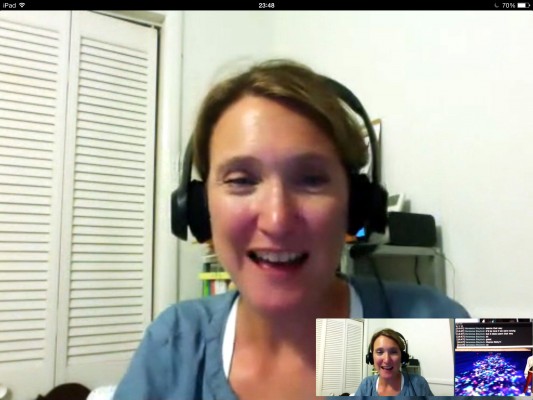
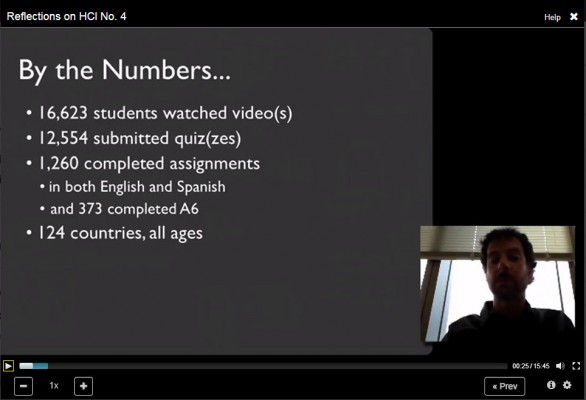
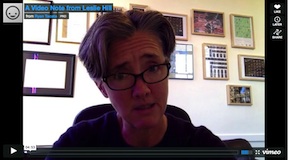
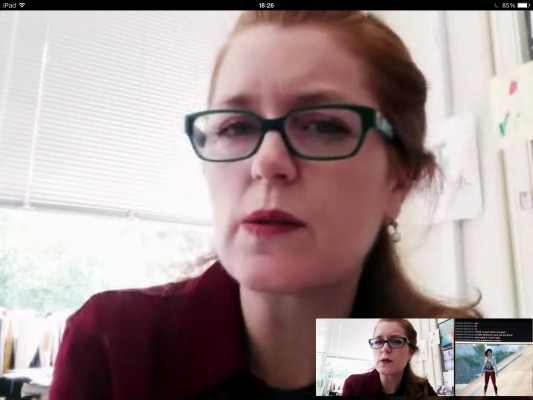

mjmasucci 23:14 on 01/01/2014 Permalink |
Interesting article, Christa. I liked how it clearly describes the “American Idolization” not only of science, but of thought in general. It has become far more important how many re-tweets an idea gets, than if the idea has specific merits for discourse. In such a paradigm, the flat earth theory would have won.
TED is infotainment, disguised as discourse. That’s not necessarily bad, but the model needs to mature, evolve, and become less like a sales pitch, and more like a discussion (hard to do with its one-way lecture format).